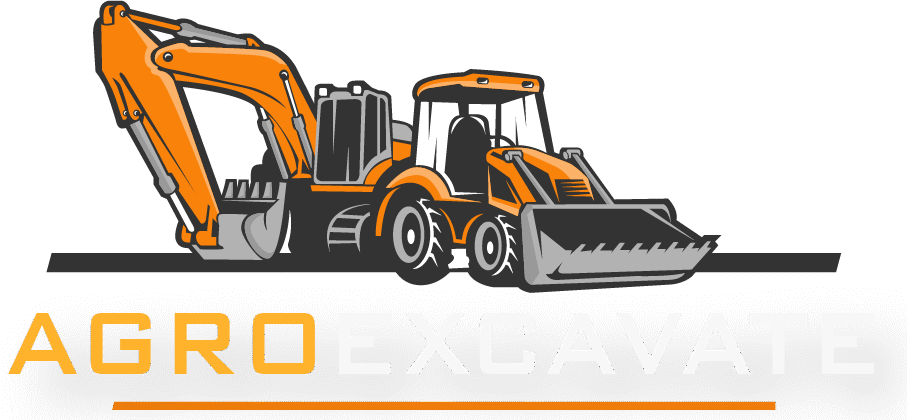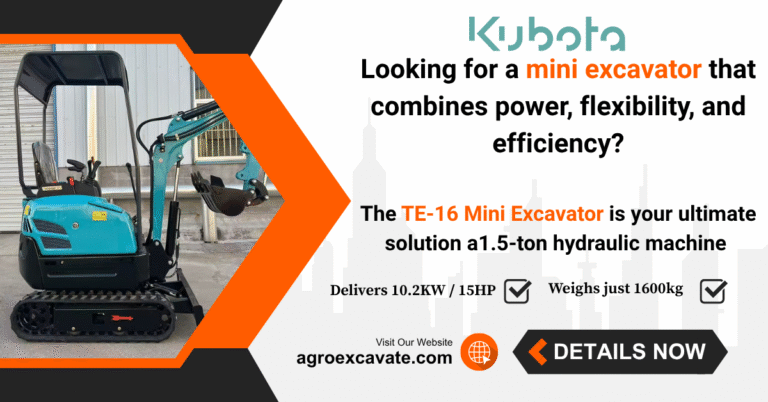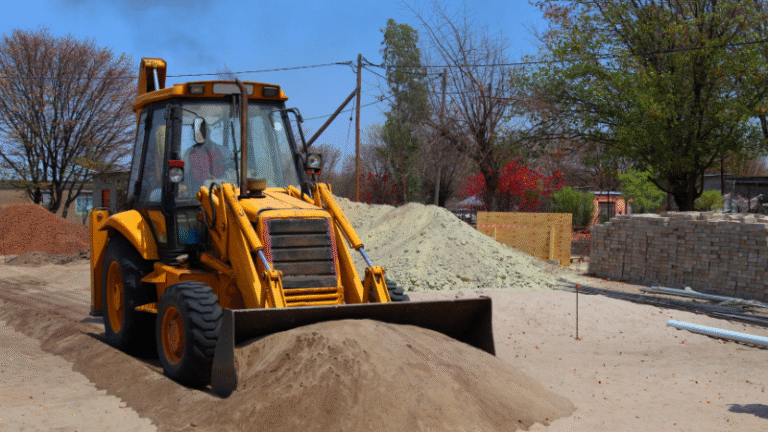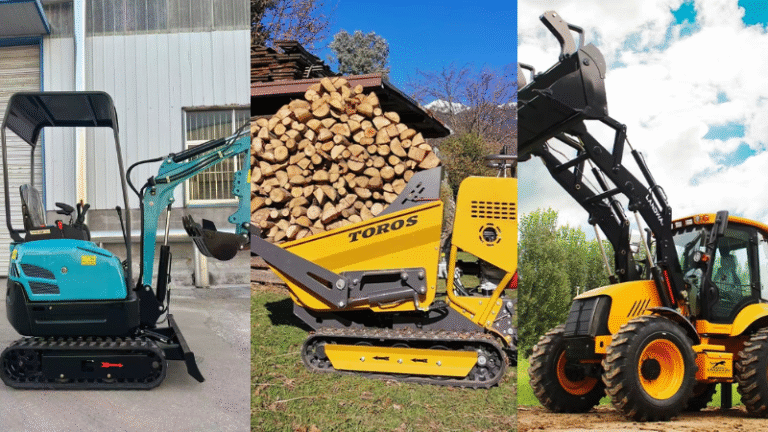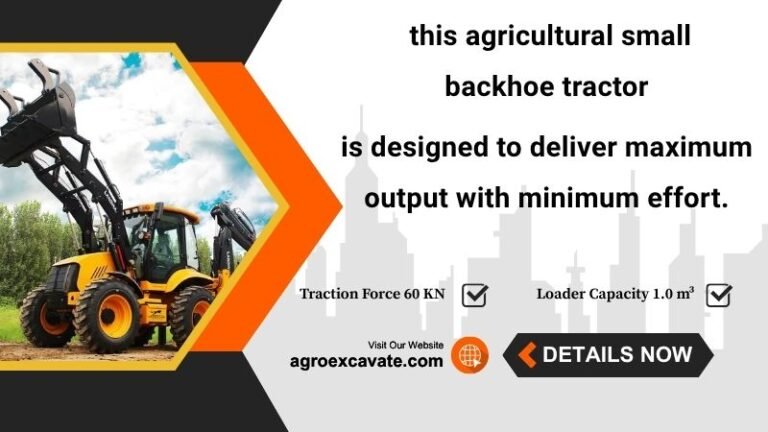Skid Steer vs. Mini Excavator: Choosing the Right Equipment for Your Job
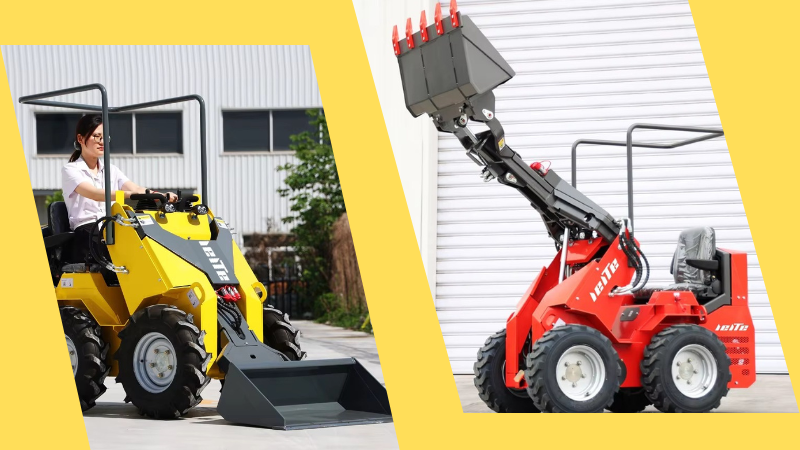
Skid Steer vs. Mini Excavator
When it comes to earthmoving equipment choice, two of the most common and versatile machines on job sites are skid steers and mini excavators. Whether you’re involved in site preparation, trenching, grading, or material handling, these compact machines offer unique strengths that make them invaluable assets. Deciding which equipment to use depends on a thorough understanding of their capabilities, technical specifications, operating efficiency, and cost-effectiveness.
This in-depth compact equipment comparison explores the functionality, attachments, and use cases for both skid steers and mini excavators, helping you make an informed choice. Additionally, we’ll include detailed comparison tables that analyze features, performance specs, and costs.
A Quick Overview (Skid Steer vs. Mini Excavator)
Both skid steers and mini excavators are compact machines designed for maneuverability in tight spaces. While they are similar in size and often complementary on job sites, their key functionalities differ:
- Skid Steers excel at material handling, grading, and tasks requiring specialized attachments.
- Mini Excavators shine in trenching, digging, and precision excavation work.
Before diving into specific capabilities, let’s start with a direct feature comparison.
Feature Comparison Table
| Feature | Skid Steer | Mini Excavator |
|---|---|---|
| Primary Function | Material handling, grading, and attachments | Precision digging and trenching |
| Terrain Suitability | Best on firm, flat surfaces | Better on uneven and softer terrains |
| Key Attachments | Buckets, augers, sweepers, trenchers | Buckets, hydraulic hammers, thumbs |
| Operator Comfort | Cabin with joystick controls; narrow space | Enclosed cabin; better visibility |
| Best Use Cases | Loading, snow clearing, backfilling | Trenching, demolition, landscaping |
Capabilities and Attachments
Skid Steers
One standout feature of a skid steer is its attachment versatility. These machines support a variety of attachments, such as hydraulic hammers, augers, pallet forks, and trenchers. This capability makes them ideal for site preparation tasks like grading and material handling.
Skid steers utilize a compact design with a zero-radius turning capability, ideal for navigating tight spaces in urban or residential job sites. However, their reliance on wheels makes them more suitable for operating on flat, firm terrain.
Lift Capacity
A skid steer’s lift capacity typically ranges between 1,200 to 3,500 pounds, depending on the model. High-capacity models can handle heavy landscaping materials or job-site debris without compromising efficiency.
Hydraulic Power
Modern skid steers come with hydraulic systems offering flows between 17 to 40 gallons per minute, allowing them to power demanding attachments like augers or trenchers effectively.
Mini Excavators
Mini excavators specialize in digging and trenching operations, offering unmatched precision in earthmoving tasks. Equipped with tracked systems, these machines have excellent stability and can tackle sloped terrains or muddy work sites where skid steers might struggle.
Digging Depth
Mini excavators typically have a digging depth ranging from 5 to 14 feet, depending on the model. This makes them especially effective for tasks like laying utility lines or excavation around foundations.
Lift Capacity
Though mini excavators have a smaller lift capacity compared to skid steers, models in the 3,000-7,000-pound range perform admirably for most residential and medium-scale construction jobs.
Additional Attachments
Mini excavators also support various attachments, including hydraulic thumbs for debris handling and tilt rotators for precise landscaping.
Performance Comparison Table
| Specification | Skid Steer | Mini Excavator |
|---|---|---|
| Digging Depth | Typically up to 2 feet | Up to 14 feet |
| Hydraulic Flow | 17–40 GPM | 13–24 GPM |
| Lift Capacity | 1,200–3,500 lbs | 3,000–7,000 lbs |
| Maneuverability | Excellent in tight spaces; less effective on rough terrain | Tracks allow movement on uneven ground, better on slopes |
Common Use Cases
Skid Steer Applications
- Site Preparation
Skid steers are unmatched for grading tasks. With a laser grading attachment, operators can achieve precise site leveling efficiently.
- Snow Clearing
By attaching sweepers or snowblowers, skid steers can quickly clear snow from parking lots or driveways.
- Material Handling
From moving pallets of bricks to stacking debris into dump trucks, skid steers perform material handling tasks seamlessly.
Mini Excavator Applications
- Trenching
Mini excavators are the go-to for trenching operations like digging utility lines thanks to their precise digging depth and narrow profiles.
- Demolition
Compact but powerful, these machines can dismantle small structures or concrete surfaces with hydraulic breaker attachments.
- Landscaping
Mini excavators equipped with tilt rotators allow operators to shape landscapes with finesse.
Real-World Example:
For a residential landscaping project involving both grading and digging, a skid steer could handle leveling the ground while the mini excavator tackles tree root removal.
Buying vs Renting: ROI Analysis
When considering whether to buy or rent equipment, it’s essential to evaluate usage frequency and project duration.
- Buying: Ideal if the equipment will be used on a daily or weekly basis. Ownership provides constant availability but also incurs ongoing maintenance costs.
- Renting: Best for short-term or specialized projects, allowing construction teams access to the latest models without capital investment.
Cost Analysis Table
| Factor | Skid Steer | Mini Excavator |
|---|---|---|
| Purchase Price | $25,000–$80,000 | $30,000–$90,000 |
| Hourly Rental Cost | $150–$250 | $200–$300 |
| Maintenance Costs | $5,000 annually | $3,000 annually |
ROI Analysis Tip: For contractors handling diverse projects regularly, the multipurpose functionality of a skid steer may offer higher ROI due to its adaptability with attachments.
Safety and Maintenance Considerations
Skid Steer Safety
- Ensure counterweights are adequate when using heavy attachments.
- Never exceed the rated lift capacity to avoid tipping hazards.
Mini Excavator Safety
- Watch for underground utilities; their digging depth makes damage more likely.
- Use stabilizers where applicable to enhance stability.
Maintenance Best Practices
Regularly inspect hydraulic systems, track or tire wear, and ensure clean filters. Adhering to OEM maintenance schedules significantly extends equipment lifespan and maintains resale value.
Final Thoughts
Both skid steers and mini excavators are exceptional machines, and the right choice depends on your project’s specific needs. Skid steers are workhorses for multi-purpose tasks, while mini excavators excel in precision digging and trenching. By understanding each machine’s capabilities and carefully analyzing costs and ROI, construction professionals can optimize their construction machinery efficiency for any job.
For more compact equipment comparison tips or assistance choosing the right machinery, contact your local equipment dealer!
